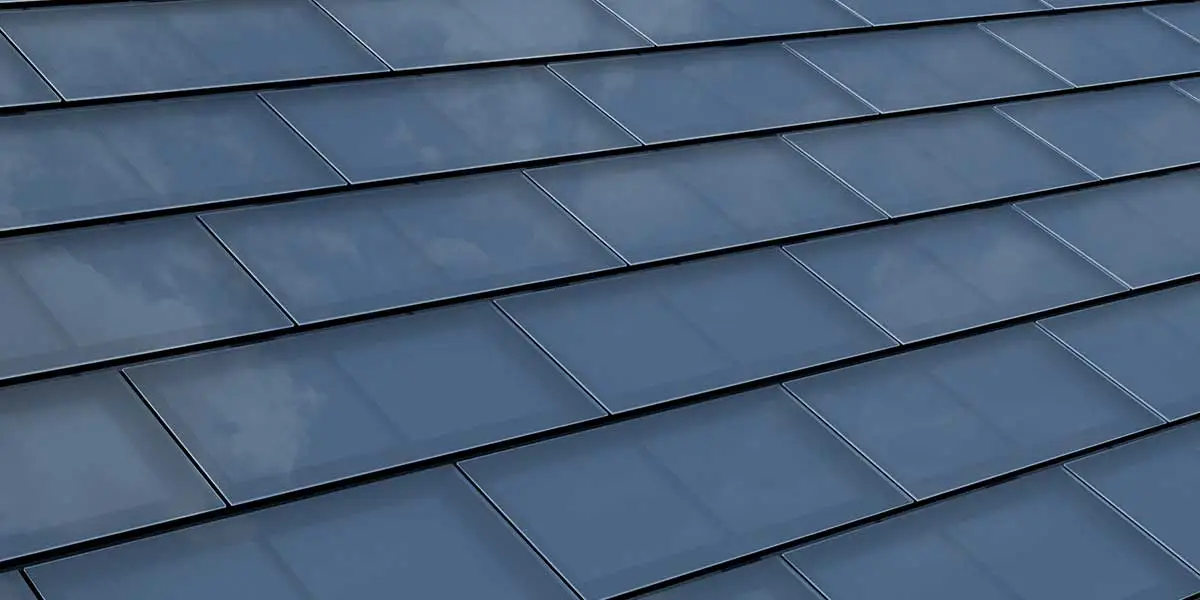
May 10, 2023
Blog Energy & Sustainability An insight into building-integrated photovoltaics, the emerging solar power technology
Building-integrated photovoltaics (BIPV) is a solar power technology with serious potential to transform the energy efficiency of buildings. With governments the world over scaling up sustainable investments, BIPV is primed to become a key element of the green economy. BCC Research expects the market to expand at a CAGR of 22.9% to reach $34.8 billion by 2027.
BIPV technology is designed to replace traditional building materials at the point of manufacture. BIPV can replace the façade, roof, or skylights, effectively embedding sustainability into the structure of buildings. This automatically offers a value-added, cost-saving clean energy element to any building, be it a new build or a retrofit. Given that buildings today are a huge energy sucker, BIPV can help transform architectures into sustainable havens.
BIPV industry outlook
Wherever you look, the potential for BIPV is evident. Every installation needs a basis to mount modules. Given the fact there are more than one billion buildings in the world, with many of these representing perfect bases for PV panels, a multi-billion-dollar market opportunity becomes clear.
BIPVs make up a small but increasingly obvious component of the global PV market. Some BIPV applications are emerging as major growth segments that will reach gigawatt-scale annual sales within a decade. When annual capacity installations are totaled, the entire BIPV sector is found to already be beyond the gigawatt level of annual capacity. Unlike the rapid progress made in building PV capacity with utility-scale power plants, there’s not yet a method for complete vertical integration with BIPV projects in all existing and planned buildings. For this, companies need partners, affiliates, alliances, visionaries, and champions.
Interestingly, BIPV aligns with comparable megatrends. That BIPV does not require the development of additional land – an increasing concern with the growing population – makes a strong argument for its long-term success. Plus, the inclusion of PV capacity in building components offers cost reductions that simply cannot be achieved with standalone PV systems. There are few ground-level spaces to build multi-hundred-megawatt PV power plants at the point of use if hundreds of acres of open land are required in densely populated areas. Price continues to play an integral role in the purchase of PV technologies. In this regard, the pace of increase in perovskite solar cell (PSC) materials will almost certainly provide some disruption in the BIPV market. Solar energy at under $0.50/W installed at efficiencies of 20%, weighing 1 pound (lb.) per square meter requires few subsidies.
Discover more about the market for building-integrated photovoltaics with our recently-published report.
Barriers for alternative solar PV technology
In theory, the production cost of alternative solar PV technology-based modules should be lower than crystalline silicon modules. However, these technologies have not achieved the economies of scale that their counterparts have been enjoying for over a decade. This makes the initial capital investment pricier for alternative solar PV modules.
Also, the relative product cost is impacted. This makes alternative solar PV costlier than crystalline silicon technology. This means that, despite the lower manufacturing cost of these modules, companies promoting alternative solar PV technologies have not been able to prove this option practically.
That’s without mentioning another major hurdle: lower efficiency. Aside from CIGS technology, most of the other well-established alternative solar PV technologies have struggled in terms of reaching an efficiency comparable to crystalline silicon technologies. Lower efficiencies mean more modules are needed to deliver similar results to their counterpart. Again, this comes down to an increase in the relative cost of balance of systems, making alternative solar PV less favorable in comparison to c-Si technologies, especially in BIPV applications.
Understand the growing opportunities for BIPV
Despite high costs and questions of efficiency, businesses will gradually become more educated on the benefits of building-integrated photovoltaics. The potential of BIPV remains strong, as governments seek to make buildings more sustainable and energy efficient – with which BIPV is more than able to assist.

Olivia Lowden is a Junior Copywriter at BCC Research, writing content on everything from sustainability to fintech. Before beginning at BCC Research, she received a First-Class Master’s Degree in Creative Writing from the University of East Anglia.

Electrical switches—devices that control the flow of electricity—are the backbon...

As the world accelerates toward net-zero emissions, hydrogen, and ammonia have e...

Hydrogen technology is widely used across industries like glass, fertilizer, met...

We are your trusted research partner, providing actionable insights and custom consulting across life sciences, advanced materials, and technology. Allow BCC Research to nurture your smartest business decisions today, tomorrow, and beyond.
Contact UsBCC Research provides objective, unbiased measurement and assessment of market opportunities with detailed market research reports. Our experienced industry analysts assess growth opportunities, market sizing, technologies, applications, supply chains and companies with the singular goal of helping you make informed business decisions, free of noise and hype.